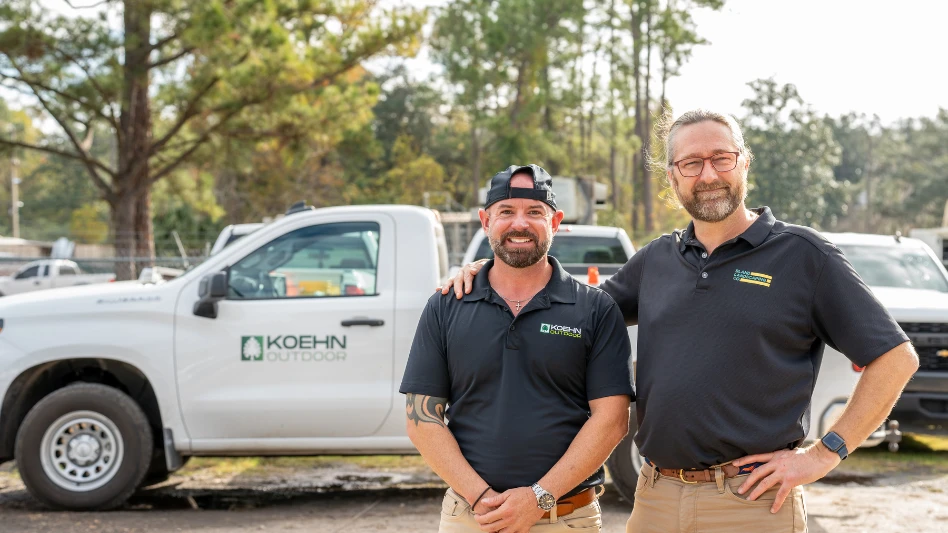
Hiring is like speed dating, like marriage after the first date. Think about it. You meet a desirable candidate. You speak to that person for a short time over the phone, then you invite this individual to interview knowing little more than vital stats: age (maybe), address, phone number, education, career history.
Yet you are prepared to invest in this person for the long-term, even if your “history” together goes no deeper than a couple of meetings before you invite the person to join the company. “Candidates come in for an interview, you size each other up and make a serious commitment,” says Doug Freer, president, Lawn Lad, Cleveland Heights, Ohio.
Then, like a personal relationship, you learn how to work with this employee and, hopefully, you stick together through the good times and bad.
The anchor that makes this seemingly frivolous engagement to employees work out in the end is strong core values, Freer says. His are entrepreneurial spirit and ecstatic customers. He seeks to hire candidates who are motivated self-starters, people with a positive attitude who display an ability to cater to the company’s loyal client base.
Because the fact is, you can teach employees how to run your equipment, but just like any relationship, you better love what you can’t change.
“After we hire someone, we are mistaken if we think we are going to change their personalities,” says Wayne Volz, president, Profits Unlimited and Wayne’s Lawn Care in Louisville, Ky. “The reality is that all the time you invest training that person could be wasted.”
Volz isn’t suggesting that you hire clones of yourself. But recognize your goals as a company and what characteristics are required of employees to succeed in your organization.
And with that, give employees who meet expectations reason beyond a paycheck to continue working for you. “It’s not always pay that keeps people around,” Volz reminds. Benefits, quality equipment, opportunities to excel, a career path – show people value that money can’t buy.
And to be sure you can afford those employees you hire, truly understand your cost of doing business and the real expense associated with bringing on a new employee, Volz says. A $10-per-hour worker may cost you $14 per hour. Figure the cost of uniforms, benefits, state and federal unemployment, training, etc.
Finally, take your time when hiring. “We generally hire fast and fire slow, but we need to do the opposite,” Volz says.
This month, Lawn & Landscape talks to three landscape contractors who operate companies in different revenue categories. Here, they share hiring mistakes and lessons learned.
The author is a freelance writer based in Bay Village, Ohio.
Jump to:
Small Business - Less than $500,000
Medium Business - $500,000 to $2 million
Large Business - More than $2 million

Explore the July 2009 Issue
Check out more from this issue and find your next story to read.
Latest from Lawn & Landscape
- Analysis of an entrepreneur
- Terra Nova's Sedum Conga Line variety wins Best of 2024 Perennial award
- Different ways to distribute
- Case's 580EV electric backhoe loader wins Good Design Award
- Davey Tree promotes Dan Herms to VP, GM of Davey Institute
- Caterpillar's Cheryl H. Johnson set for April retirement
- Registration open for sixth annual Lawn & Landscape Technology Conference
- 12 interview questions to help you hire winners





